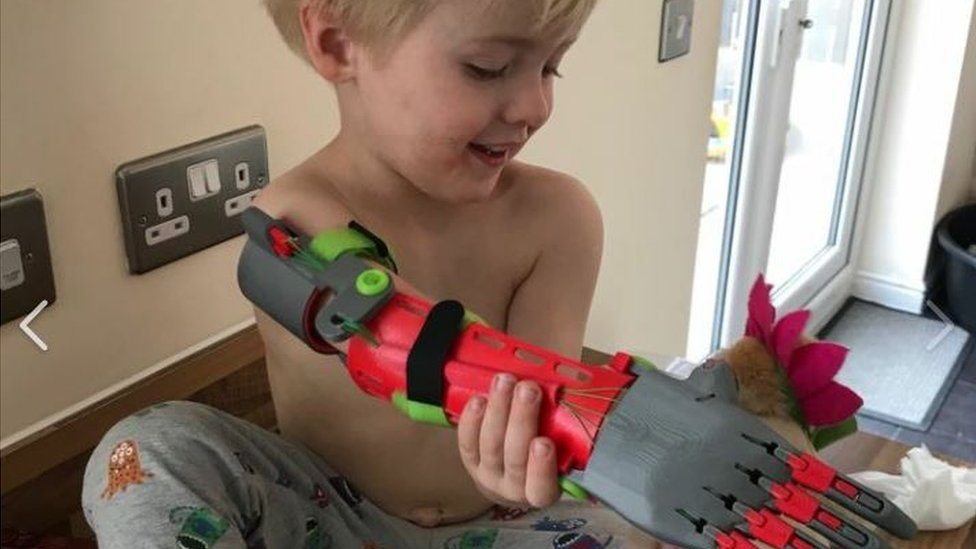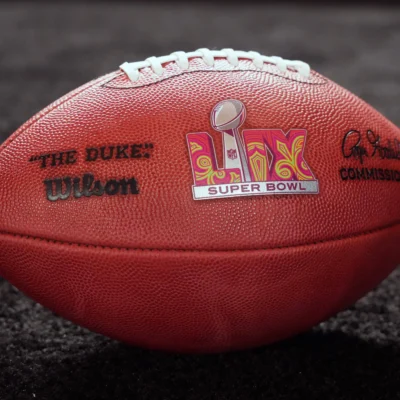In a heartwarming and innovative project, elementary students in Texas are making a big difference for children with limb differences. These young students are learning how to create 3-D printed prosthetic hands for kids who need them. This inspiring effort combines technology, kindness, and education, showing how even the youngest members of a community can make a positive impact.
What Are 3-D Printed Prosthetics?
3-D printed prosthetics are artificial limbs made using 3-D printing technology. Unlike traditional prosthetics, which can be very expensive and take a long time to make, 3-D printing allows fast and affordable production. This technology uses a special machine that builds objects layer by layer based on digital designs. These prosthetics can be customized to fit each child perfectly.

For more information on how 3-D printing is revolutionizing healthcare, you can visit 3D Printing Industry.
How Texas Students Got Involved
The project started when teachers and local volunteers introduced the idea of using 3-D printing to help others. The students, ranging from grades 3 to 5, were excited to learn about this new technology and wanted to use it to help children with disabilities. They were taught how to design parts of prosthetic hands on computers and then watched as the 3-D printers brought their designs to life.
This project is part of a wider educational program that encourages STEM (Science, Technology, Engineering, and Mathematics) learning. By engaging in hands-on activities like this, students not only develop technical skills but also understand the importance of empathy and community service.
The Process of Making Prosthetics
Making a 3-D printed prosthetic involves several important steps, and the students actively participate in each stage:
- Designing: Using computer software, students help create the shape and size of the prosthetic hand based on the needs of the child who will use it.
- Printing: The design is sent to a 3-D printer, which carefully builds the prosthetic piece by piece using plastic filament.
- Assembling: After printing, the students assist in putting together the parts, making sure everything moves properly.
- Fitting: Finally, the prosthetic is adjusted to fit the child who will wear it, ensuring comfort and functionality.
This hands-on experience teaches students problem-solving, teamwork, and technical skills. For more on STEM programs in schools, check out Edutopia’s STEM Education Guide.
Why This Project Matters
For many children born without a limb or who have lost one due to injury, having a prosthetic hand can change their life. It helps them perform daily tasks, boosts confidence, and improves their independence. However, traditional prosthetics can cost thousands of dollars and are not always covered by insurance.
By making 3-D printed prosthetics, the students in Texas are helping provide a low-cost, effective solution for families in need. This project also raises awareness about disabilities and promotes kindness among young people.
Community and School Support
The success of this program depends heavily on community support. Local businesses donated 3-D printers, materials, and funding to keep the project running. Teachers and volunteers guide the students through the technical aspects and teach them about the importance of giving back.
Parents and school officials have praised the initiative for combining learning with real-world impact. One teacher said, “Our students feel proud knowing they are making a real difference in someone’s life.”
Stories of Impact
One of the children who received a prosthetic hand from this program is 7-year-old Emma. Born without her left hand, Emma struggled with basic activities like holding a pencil or opening a door. Thanks to the 3-D printed prosthetic created by Texas students, she can now do these tasks more easily.
Emma’s mother shared, “This prosthetic has given Emma a new sense of freedom and confidence. We are so grateful to the students who made this possible.”
Expanding the Reach
The Texas program has inspired other schools to start similar projects. Many educators see the benefits of combining technology education with community service. Some schools are even planning to collaborate with hospitals and nonprofits to reach more children in need.
If you want to learn about more initiatives like this, visit the MakeHealth website, which focuses on 3-D printing for medical solutions.
How You Can Help
Anyone interested in supporting this cause can get involved in several ways:
- Donate 3-D printers or materials: High-quality printers and filament help schools produce durable prosthetics.
- Volunteer time: Technicians, engineers, and designers can mentor students and improve designs.
- Spread awareness: Sharing stories about this program encourages more communities to adopt similar projects.
Supporting these efforts can help more children gain access to affordable prosthetics and inspire young people to use their skills for good.
Conclusion
The Texas elementary students who are helping make 3-D printed prosthetics show how technology and compassion can come together to change lives. Their work not only gives children the gift of mobility but also teaches valuable lessons about kindness, creativity, and teamwork. This project is a shining example of how young minds can create real-world solutions with lasting impact.
To explore more about 3-D printing and charitable projects, visit 3DPrint.com.
Also Read – Chicago Cubs Crush White Sox in Full Crosstown Classic Sweep





